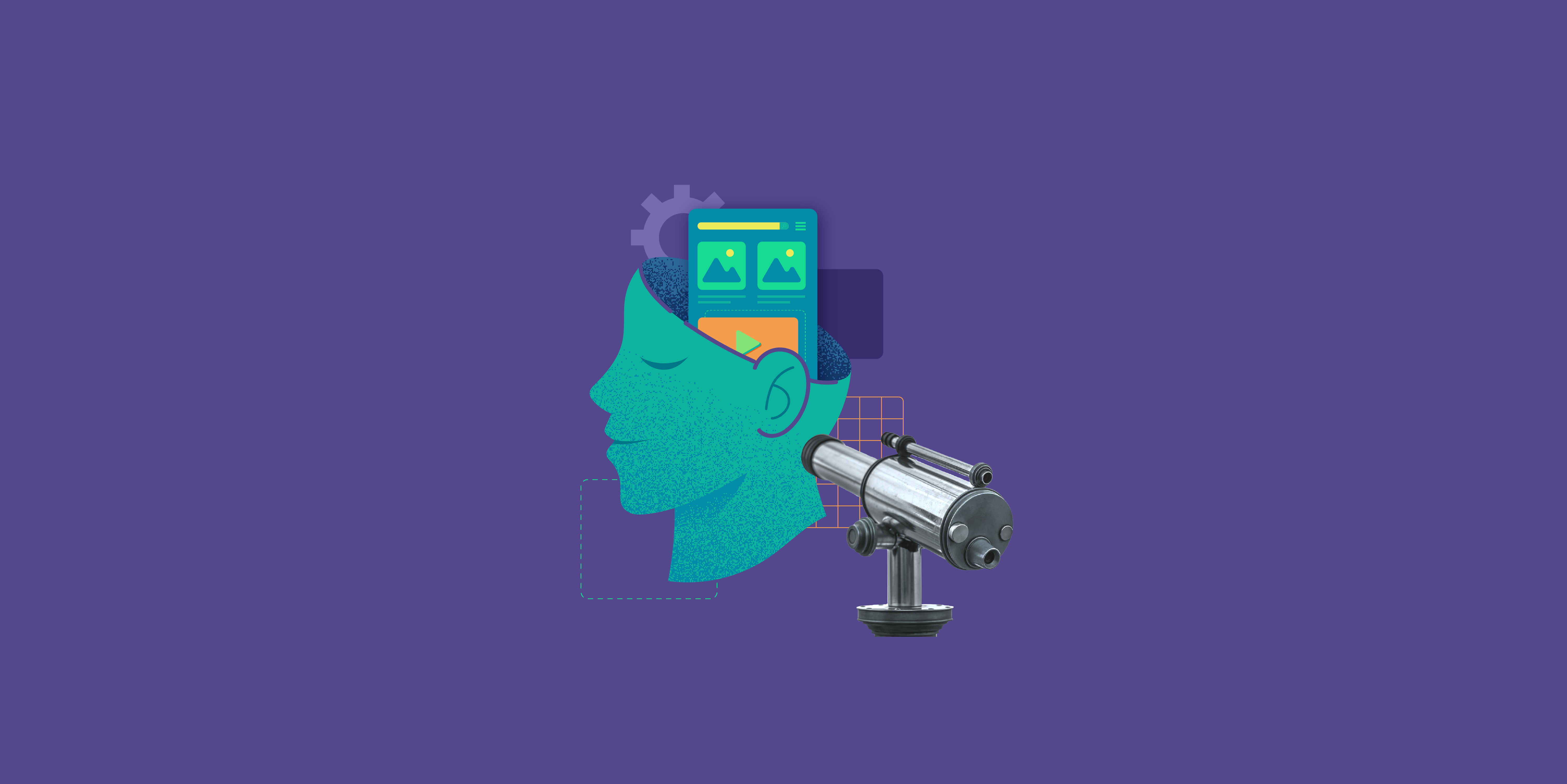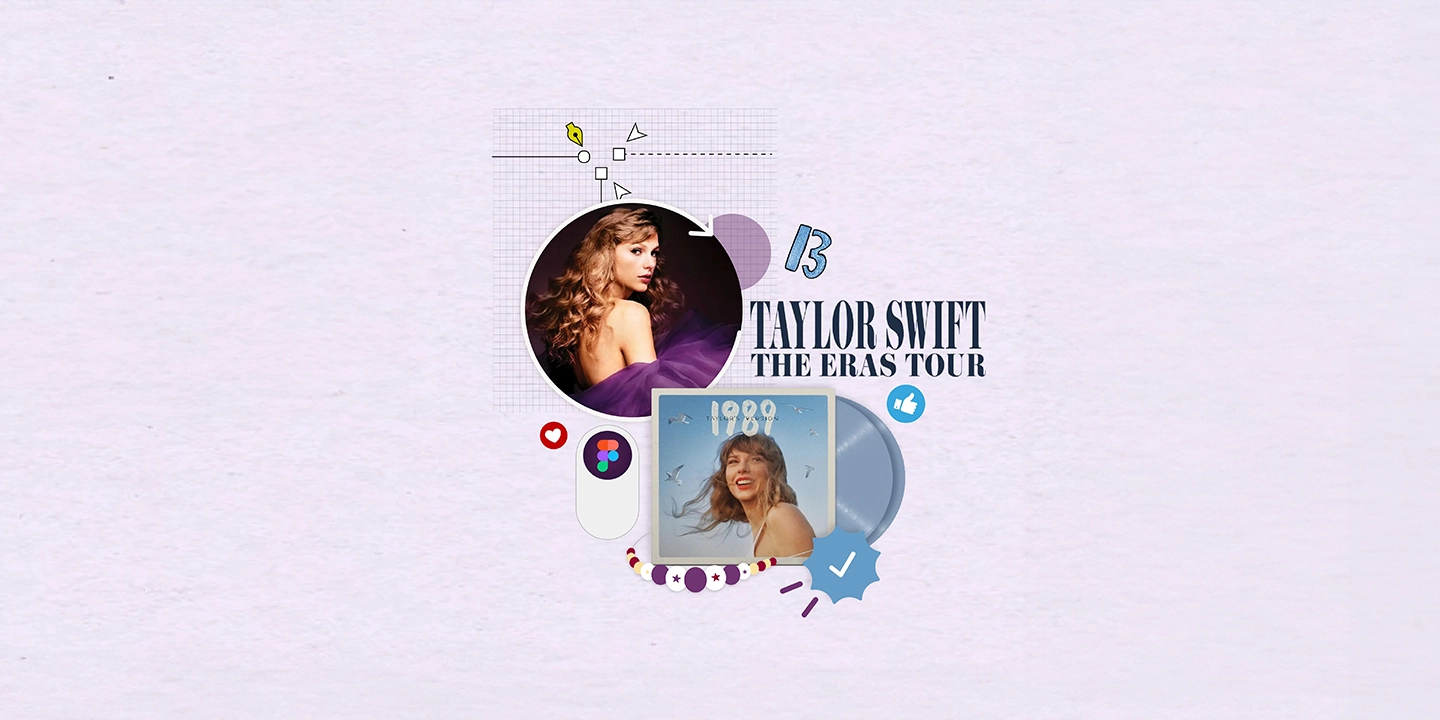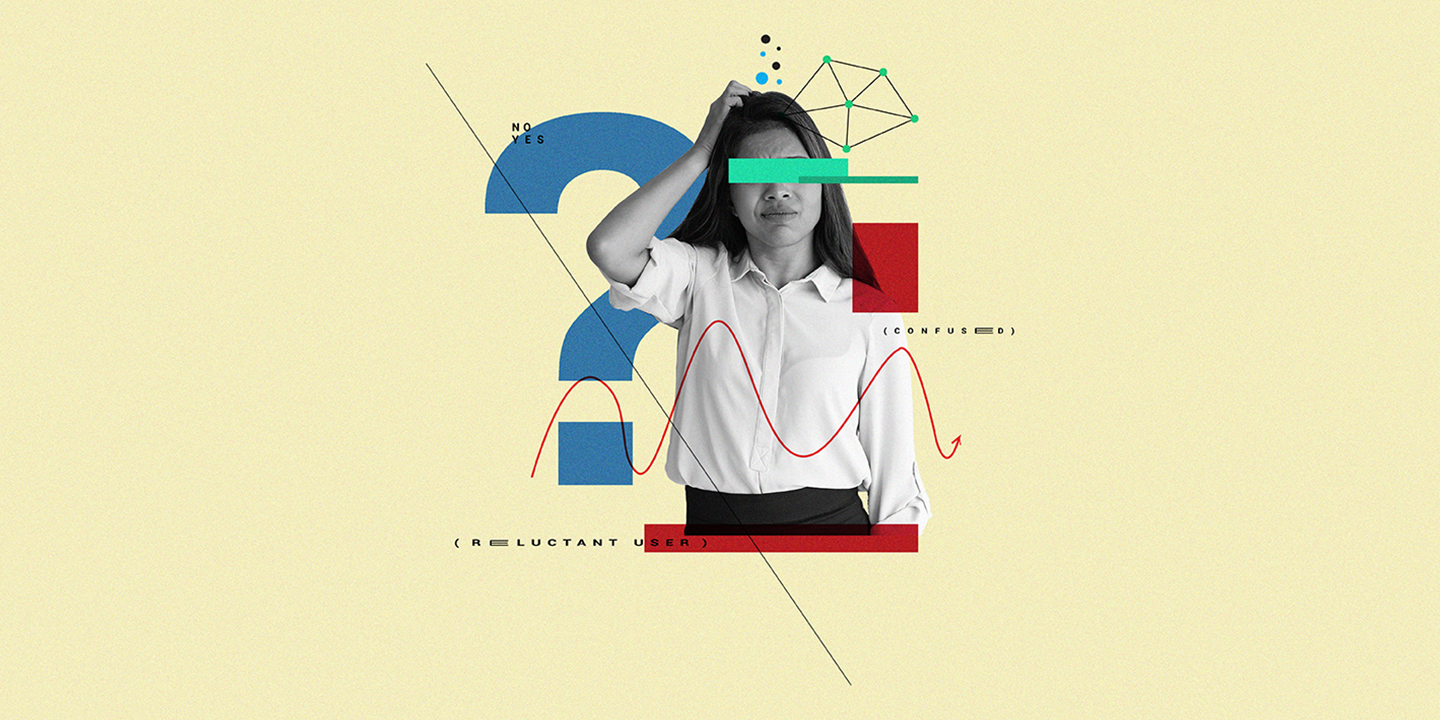Zooming into the (YO)U of UX: Psychology style
Meha Savla
01 Dec 2025

The presence of psychology in design, and nearly everything else, is inevitable. Like colors, psychology is everywhere (in the colors too!). In fact, in design, it is an important factor in determining the user’s experience of any product. For example, you, my beloved reader, are perceiving this blog under the influence of psychology. How so? Let’s skim through some concepts that influence every decision you take.
Do not worry, these are natural influences! Trust me on this one.
1. Behaviour
A user’s behaviour, guided by their ability, motivation and trigger, is where behaviour meets UX. The right triggers and gentle nudges to your ability motivate you to act in a certain way. Your emotions, innate habits and needs determine your overall behaviour which in turn influences your experience. For example, my ability to write, combined with the motivation to craft a meaningful read, is framing this very sentence of the blog.
2. Rewards
Behaviour rewarded is behaviour repeated. These rewards motivate the user to come back to your brand. The more positive a reward, the more likely a behaviour is to be reinforced. For example, while skimming through Google Arts and Culture (A&C), it rewarded me with two badges for exploring images and colours. Moreover, Google A&C dedicates an entire section for users to look at their achievements, and I am excited to collect more. Bottom line, rewards are enticing.
3. Cognitive Bias
Some behaviours are implicit and may not be acted on consciously. Cognitive bias is the human tendency to make decisions in an unknowingly irrational way. There are 100+ cognitive biases and principles that come into play in UX. These biases affect the way any unit of content is perceived, be it visual or written. Survivorship bias is one such cognitive bias, where people discard things that do not make it past their own selection process. If you are still reading this, I am glad to have made the cut!
4. The Basic Six
Six factors help interpret the success of any product or service - utility, findability, credibility, desirability, accessibility and value. These are the six factors that together determine the demand for any product. If the product fails to deliver more than two of these factors, as a user, you tend to lose interest. And if it checks all the boxes, nothing like it.
Next time you are viewing a website or any unit of media, try to reflect and notice what it makes you feel, and how your feelings determine your next action. You might just be pleasantly surprised. And needless to say, for better UX, we’ve got your back!







